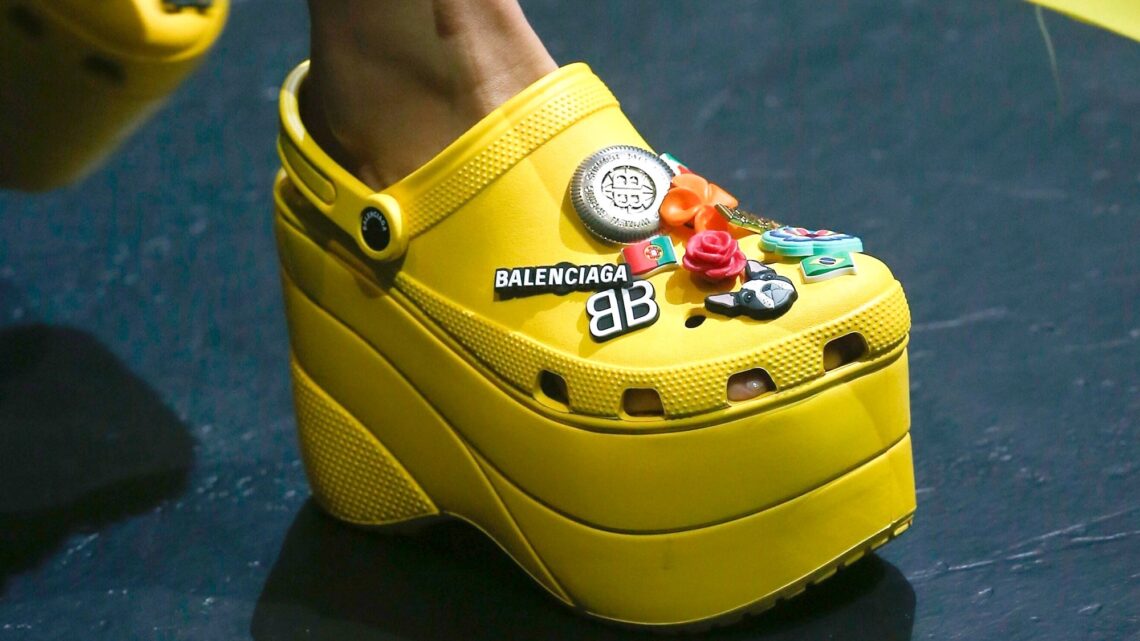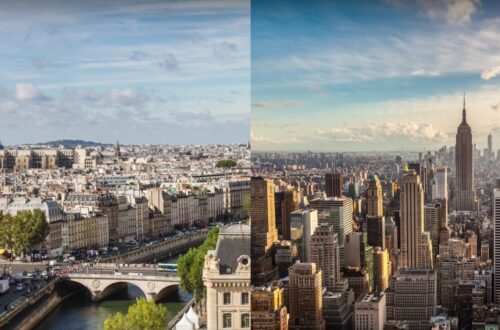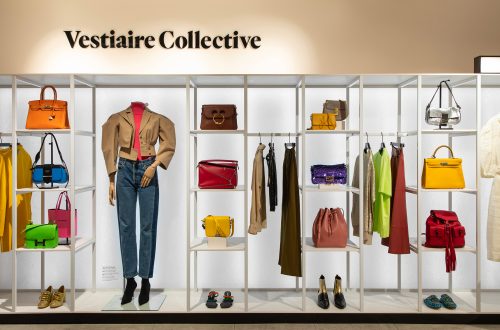Why do people buy Crocs? What is it that makes the most unlikely shoes of all time so cool and desirable? The humble little foam clog has been debated ever since its first appearance in 2002, sparking an ideological war between those who love it and those who can’t stand the idea of a holey rubber slipper. Like it or not, however, it is undeniable that Crocs is amongst the most curious yet fascinating fashion trends of the latest years and, as it often happens for the most successful garments of the fashion industry, it never meant to be fashion, until today.
The “crocodile brand” was founded in Colorado in the early 2000s with a specific purpose: providing comfortable, high-performance boat shoes. That is why Crocs are made with a unique resin material called “Croslite”, which is lightweight and designed to spread impact across the foot, while being waterproof and odour resistant. Shortly after its debut, however, the US based company became aware of their large-scale potential, when the use of the rubber clogs spread between chefs and nurses.
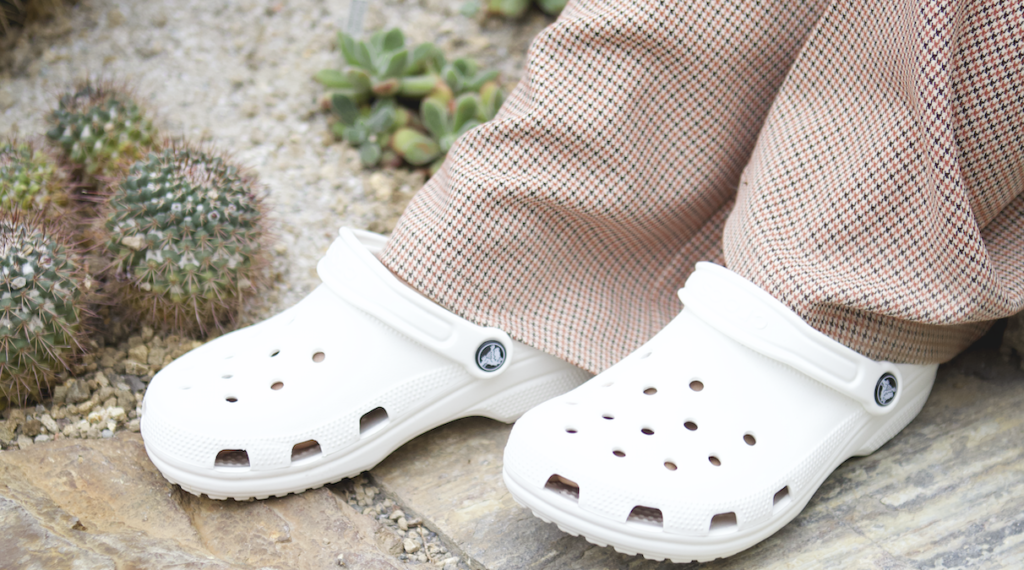
Encouraged by this first success, Crocs’ founders decided to ride the wave of new market opportunities, focusing on children attractiveness. A bunch of new bright and sparkling colors were launched along with the Jibbitz, eccentric and colorful pins to adorn the top of the holes. This distinctive feature gave children the chance to personalize their own Crocs, turning a shoe into a game to show off.
Four years later, the ultimate breakout. It is 2006 and the Crocs are seen on the feet of no less than the US president Bush. The event was shocking, yet it shows the social ubiquity of the product, steeped in utilitarian values far away from the quest of beauty typical of the fashion brands. Wearing Crocs was all about comfort, no matter the aesthetic.
In the meantime, the shoes drew the attention of the fashion satire: Bill Maher described them as “slob shoes” while magazines such as Maxim and the Time classified the Crocs in the list of the worst shoes ever. This overkill against Crocs turned out to have the opposite effect on the public since it triggered people to talk about it over and over again, settling the image of the foam clog in the pop culture.
Therefore, Crocs managed to find its own empty spot inside the strict world of fashion, covering a market area that is free from trend changes. However, Crocs’ ascent sharply broke off in 2009, when the company had to face what seemed to be its hardest crisis. A number of factors contributed to its decline. Firstly, the shoe is durable, which means that people who already own a pair don’t necessarily need to buy a second one. Secondly, the crisis took place during a worldwide recession, when plastic colorful clogs did not represent a necessary purchase. Lastly, the shoe is very easy to replicate, and this brought to a proliferation of knockoffs that are way more affordable than the original product.
To challenge the crisis, the firm opted for an aggressive market expansion strategy. In 2011 the brand opened new retail stores across the world and implemented a massive marketing investment. Mass exposure resulted in more people buying the shoes, but in hindsight, it did not turn out to be an effective strategy as the growth was not sustainable. In 2013, Crocs recorded a 40% drop in sales with the shares losing one-fifth of their original values. Most of the newly opened retail stores got shut down and over 200 employees lost their job.
It seemed to be the final chapter for Crocs but, 300 million units sold later, that theory has definitely been refuted. After all, fashion proves, once again, that it knows no boundaries. London Fashion Week SS17, Cristopher Kane runway: after years under the carpet, Crocs makes its explosive comeback in the fashion industry towards a marbled collab with the Scottish designer. When Kane was asked why he decided to collaborate with the crocodile brand he claimed: “Crocs are arguably the most comfortable shoe. I love that they are slightly awkward and might be perceived by some as ugly. They have a very naïve and childlike shape, which I especially like when they look extra clunky on the foot.” The unlikely bond with the high fashion becomes reality and Crocs strives for its revival.
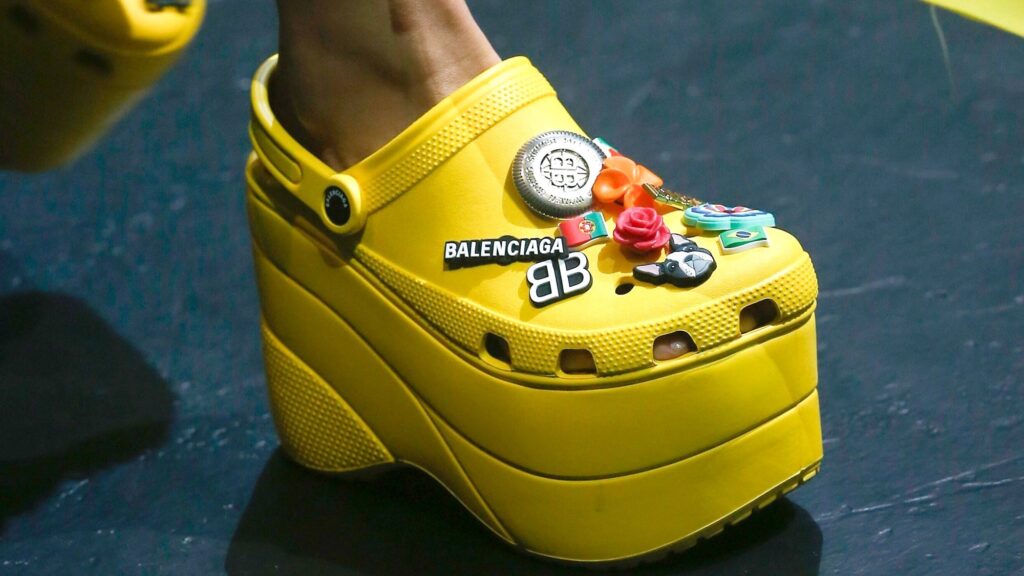
One year later, the peak. Demna Gvasalia, creative director of Balenciaga, launched his partnership with Crocs during the Paris fashion week. The event proved that the time was ripe for Crocs to finally be accepted by fashion addicted. A clear provocation, since the product stands out for its apparent absurdity, yet perfectly adapted to the “ugly shoes” trend. To be cool for streetwear meant, and still means, to be as much effortless as possible, and nothing flaunts indifference like Crocs.
Crocs hence found itself in the position of being the coolest uncool shoe. The management took advantage of this reputation and decided to steer into the skid by making the ugliness of the clogs their strength point. The brand launched a new campaign called “Come as you are” thereby declaring its strategic placement and getting people to feel at ease in their Crocs. Their main message can be summarized in: “comfort is cool”.
Years after those successful collabs, Crocs didn’t halt its rise, but instead boosted the variety of possible partnerships, releasing capsule collections that could create the highest possible hype level. This is the case of the wanted Post Malone x Crocs or the recent Justin Bieber x Crocs. Customers are ready to pay over three times the original retail price on resell sites like StockX for these special editions, demonstrating the success of the shoes.
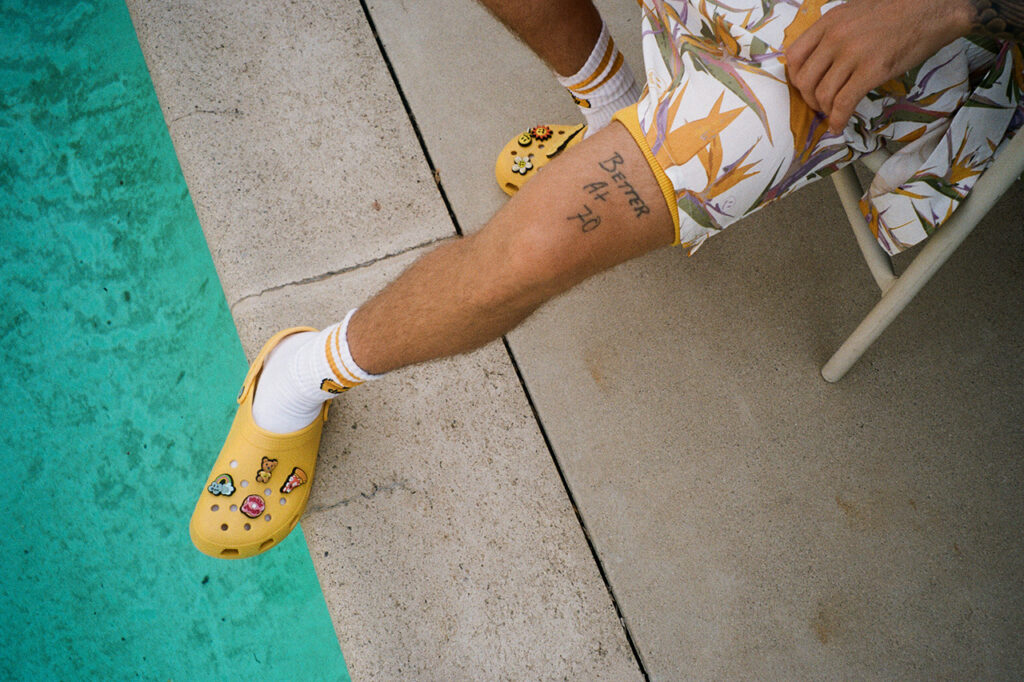
To top it all, according to fashion shopping platform Lyst, Crocs are the eighth most-wanted item in the world in 2020.
Summing it up, no longer than a decade ago Anna Dello Russo stated: “Fashion is always uncomfortable. If you feel comfortable, you never get the look.” It took ten years and a crocodile to disprove her.
By Mattia Segantin

